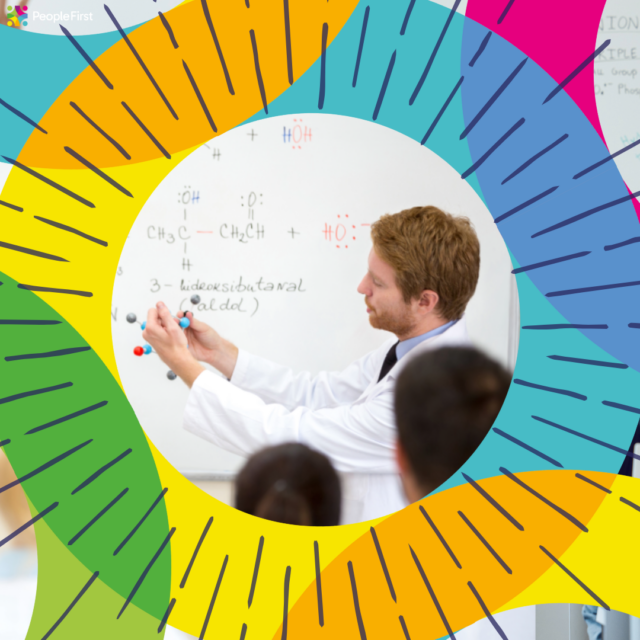
29 July 2024
Eudemonic vs. Hedonic Paradigms
In the quest for personal fulfilment and organisational success, understanding the different paradigms of wellbeing can offer valuable insights. Two key paradigms, eudemonic and hedonic, provide distinct approaches to achieving happiness and satisfaction. In this blog, we will explore these paradigms, their importance for individuals, leaders, and organisations, and how they can be effectively applied to improve workplace wellbeing. Additionally, we will examine how these paradigms have been integrated into the ‘BeWell Coaching for Wellbeing model’ created by Ana Paula Nacif, which underpins our ‘Work and Wellbeing Support Programmes’.
Eudemonic Paradigm – Pursuit of Meaning and Purpose
The eudemonic paradigm is centred around achieving wellbeing through a life of virtue, purpose, and meaning. This approach focuses on personal growth, self-actualisation, and fulfilling one’s potential.
- Meaning and Purpose – Eudemonic wellbeing is derived from engaging in activities that are meaningful and aligned with personal values. This may involve pursuing goals that contribute to a greater sense of purpose.
- Self-Actualisation – Striving for personal development and self-improvement is central to eudemonic wellbeing. It involves realising one’s full potential and continuous self-growth.
- Virtue and Morality – Acting in accordance with moral values and virtues is essential for achieving eudemonic wellbeing.
Examples:
- Contributing to Society (Volunteering)
- Lifelong learning (Personal growth)
Psychological Theories – The eudemonic approach is often associated with theories such as Self-Determination Theory (focusing on autonomy, competence, and relatedness) and Aristotelian Virtue Ethics.
Hedonic Paradigm – Pursuit of Pleasure and Avoidance of Pain
The hedonic paradigm emphasises achieving wellbeing through the pursuit of pleasure and the avoidance of pain. This approach focuses on immediate gratification and positive emotional experiences.
- Pleasure and Happiness – Hedonic wellbeing is achieved by maximising pleasure and minimising discomfort. This includes experiencing joy and satisfaction.
- Avoidance of Pain – Central to the hedonic approach is the reduction or avoidance of negative experiences and stress.
- Immediate Gratification – Seeking activities and experiences that provide immediate pleasure or relief.
Examples:
- Enjoying Leisure Activities (Immediate joy)
- Comfort and Convenience
Psychological Theories – The hedonic approach is often linked with Hedonic Psychology (focused on pleasure and subjective wellbeing) and Utilitarianism (which advocates for maximising happiness and minimising suffering).
Why Understanding These Paradigms Matters
For Individuals
Understanding both paradigms helps individuals balance the pursuit of immediate pleasures with long-term goals and meaningful achievements. This holistic approach can enhance overall life satisfaction and personal fulfilment.
For Leaders and Managers
Leaders and managers benefit from understanding these paradigms to better support their teams. By recognising the different ways employees find happiness, whether through meaningful work (eudemonic) or enjoyable experiences (hedonic), leaders can tailor their approaches to boost motivation and engagement.
For Organisations
Organisations that understand and apply these paradigms can create more comprehensive wellbeing strategies. Integrating both eudemonic and hedonic elements into workplace practices can enhance employee satisfaction, productivity, and retention.
Examples of Application in the Workplace:
- Eudemonic Approaches: Implementing career development programmes, offering meaningful work opportunities, and aligning roles with personal values and strengths.
- Hedonic Approaches: Providing wellness benefits, organising recreational activities, and creating comfortable work environments to ensure immediate pleasure and comfort.
Wellbeing Coaching Programmes
Our Work and Wellbeing Coaching programmes have been designed to incorporate the researched based ‘BeWell Coaching for Wellbeing model‘ created by Ana Paula Nacif. This model effectively integrates both eudemonic and hedonic paradigms by combining the pursuit of meaning and personal growth with strategies for immediate pleasure and comfort. The model includes components such as goal setting, personal growth opportunities, and alignment of personal values with work roles. It also incorporates elements like stress management techniques, comfort-focused interventions, and activities designed to enhance immediate enjoyment and relaxation. By leveraging the strengths of both paradigms, the BeWell model ensures a balanced approach to wellbeing that addresses both immediate needs and long-term aspirations.
Examples in Wellbeing Coaching:
- Career Development – Coaches assist clients in finding and pursuing roles that align with their values.
- Personal Growth Plans – Developing tailored plans for lifelong learning and self-improvement.
- Leisure and Recreation – Assisting clients in incorporating hobbies and enjoyable activities into their schedules.
- Comfort Strategies – Developing routines that enhance comfort and reduce daily stress.
Conclusion
Understanding and applying the eudemonic and hedonic paradigms can significantly enhance personal and organisational wellbeing. By recognising the value of both approaches, individuals, leaders, and organisations can create more effective strategies for achieving happiness and fulfilment. Integrating these paradigms into our coaching programmes provides a holistic framework that supports comprehensive wellbeing and drives overall success.
Are you wondering how our ‘Work and Wellbeing Coaching’ might support your employees? If you’re interested in exploring how these paradigms can be applied to improve your workplace, or if you want to learn more about our Work and Wellbeing coaching programmes, we are here to help. Together, we can create a thriving environment where both productivity and personal satisfaction are maximised.





